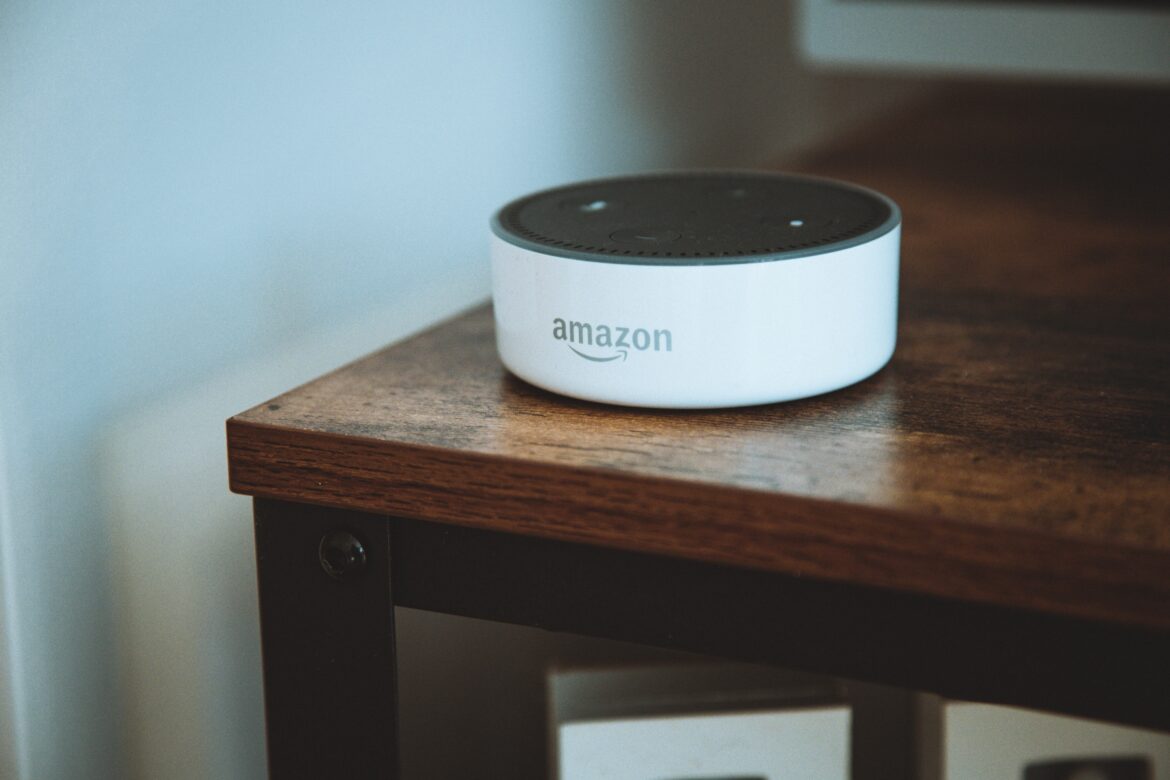Despite women’s growing presence in the workforce, many continue to encounter difficulties balancing work inside and outside the home. Yet, in light of the widespread implementation of smart home technologies used in households today, marketed as “Digital Housekeepers,” these practical and efficient devices are finding their way into several homes. These technologies are more nuanced than they may first appear. This article will discuss how modern digital housekeeping techniques reinforce traditional household gender roles to perpetuate unequal distributions of power.
Public and private domains across the globe have systematically established restrictive gender norms that perpetuate the view of women as obedient, subordinate “objects.” Throughout most of history, women were obligated to put their domestic responsibilities ahead of their interests to preserve the traditional virtues of loyalty and humility. Most women received little to no education; in fact, just one-third of all those between 18 and 24 were pursuing degrees in higher education institutions at the beginning of the 20th century in the United States, making up less than 2% of the total population. Yet, over time, the role of women has shifted, mirroring the social, political, and cultural contexts of their time as they moved from repressive patriarchal characterizations to an expanded view as inventive individuals possessing abilities beyond what was conventional or sexual. Their aspirations for higher education, involvement in the workforce, and integration into modern life challenged the stereotype that traditionally defined women as “only” caregivers and were indicative of these changes in gender norms.
With 75.3% of American women working today, “new” household practices have gained prominence due to the widespread implementation of smart home technologies. Unsurprisingly, as the world becomes more interconnected, technology exists in virtually everything we do, improving our daily lives while establishing optimal circumstances and enabling immediate services. By digitizing and automating several facets of everyday life, such as requesting a particular song or simply turning lights on or off through a voice command, these innovations have rendered it feasible for households to save time and effort. Nevertheless, research from Monash University, RMIT, and Intel Corporation revealed that smart home technologies continue to be associated with manifestations of patriarchal values, regardless of developments in technology designed for the domestic environment.
Virtual personal assistants such as Google Home, Amazon Alexa, and Siri, in particular, perpetuate conventional gender roles because of their overtly feminine voices. By functioning as the consumer’s digital voice-powered assistant and undertaking household duties that were once the exclusive responsibility of women, these technologies inadvertently convey the message that women are passive and obedient. According to UNESCO, these interactions emerge as these devices obey orders and address inquiries, irrespective of how antagonistic or tone-delicate they may be, reinforcing sexist assumptions that suggest women are submissive and receptive towards disparate treatment. It is essential to bear in mind that, considering the historically overwhelmingly male nature of the technological sector, the development of digital devices is inevitably a gendered process. As a result, digitization has been beneficial for certain groups that happen to be predominately male, while other groups—typically women—have been left out of discussions when these technologies are under development.
Men make up over 75% of computer programmers in the United States, and according to scholars Kirsten Gram-Hanssen and Sarah Darby, smart home devices frequently cater to the ideal masculine consumer, indicating that the ideas and recommendations of male developers have been given unwarranted precedence. Because of the gendering of smart technologies, male views of the home, partners, and household duties have become incredibly influential. Moreover, women are underrepresented and contribute to less than 30% of STEM (science, technology, engineering, and mathematics) professions. The A.I. Now Institute noted that the perspective of women is rarely considered, affecting a variety of technologies and the potential benefits they might offer consumers at home.
Over 66 million Americans own a digital assistant speaker like Alexa. However, the gendering of smart home technologies ignores women’s perspectives and prioritizes home ideas associated with men. Smart home technologies have a lot of potential for use, but as these devices develop, people need to recognize the many gender stereotypes deeply embedded within these developing technologies. These technologies perpetuate patriarchal ways of thinking in which women are always “willing” to be subjugated by men. Tech firms must ensure that the proper modifications are implemented to promote equality between all parties in the public and private spheres.
Edited by Ailish McGiffin
In her fourth year at McGill University, Shannon is a staff writer for the Catalyst. Pursuing a double major in Sociology and Art History for her B.A., she is especially interested in social-political discrimination affecting Indigenous communities within Canada and across the globe.

